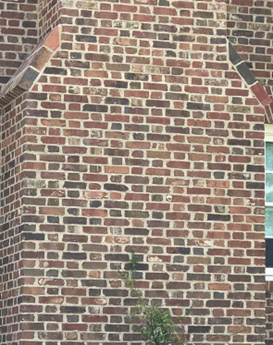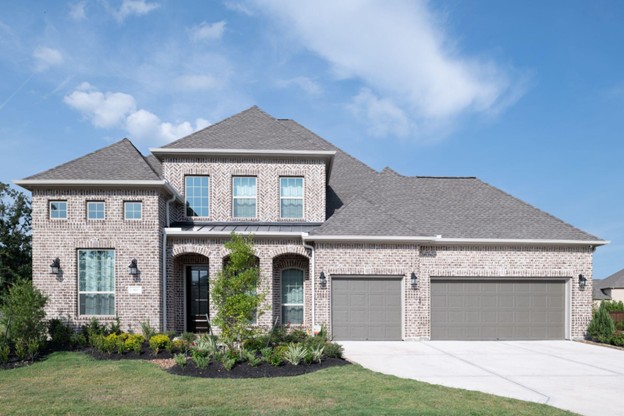Contact
Cherokee Brick Blog
Brick Bond Patterns: From Running Bond to Herringbone
by Anna Palmer
Posted on September 10, 2025 10:01 AM
Brick Bond Patterns: From Running Bond to Herringbone
When it comes to brickwork, most people notice the color or texture of the brick first. But look a little closer, and you’ll see that the pattern in which the bricks are laid—the bond— plays a huge role in the final look and feel of the project. Brick bonds aren’t just decorative; they also affect the strength, stability, and character of a wall or surface.
Whether you’re designing a new home, adding a patio, or restoring an older property, understanding different brick bond patterns can help you choose the right style for your project. Let’s explore some of the most popular brick bond patterns, from the classic running bond to the striking herringbone.
Running Bond: Timeless and Versatile
The running bond is the most common brick pattern in the United States—and for good reason. In this design, each brick is offset by half the length of the brick in the row above and below. This creates a staggered look that is simple, clean, and incredibly versatile.
Running bond is often used for exterior walls, walkways, and interior accent walls. It’s cost-effective, easy to install, and provides a traditional appearance that fits with nearly any architectural style. If you’re not sure where to start, running bond is a reliable and timeless choice.

Melrose- Georgia Classic Collection
Stack Bond: Clean and Modern
If you’re drawn to modern design, the stack bond may catch your eye. In this pattern, bricks are stacked directly on top of one another, with no staggering. The result is a crisp, grid-like appearance that feels sleek and contemporary.
While stack bond is less structurally strong than other patterns, it works beautifully for decorative walls, backsplashes, or features where style takes precedence over strength. When paired with bold grout lines, it can create a striking focal point.

Flemish Bond: A Classic with Character
The Flemish bond alternates between headers (short sides of bricks) and stretchers (long sides) in each row. This creates a checkerboard effect that adds texture and interest. Flemish bond has been used for centuries in historic homes and buildings, making it a great choice if you want your project to have timeless charm and visual depth.

Old French Quarter- Georgia Handcrafted Collection
Basket Weave: Eye-Catching Symmetry
The basket weave bond uses pairs of bricks laid horizontally and vertically to create a woven pattern. Often seen in patios and walkways, this style adds visual rhythm and symmetry. Basket weave works particularly well in outdoor spaces where you want a touch of personality without overwhelming the design.

Herringbone: Dynamic and Decorative
The herringbone pattern is one of the most visually dynamic brick bonds. Bricks are laid at a 45- or 90-degree angle to create a zigzag effect that looks like fish bones—hence the name.
Herringbone is often used in driveways, courtyards, and feature walls because it’s both decorative and highly durable. The interlocking design distributes weight evenly, making it an excellent choice for areas with heavy foot or vehicle traffic.

Mosstown - Mississippi Classic
Choosing the Right Bond for Your Project
Each brick bond pattern offers its own balance of style and function. The right choice depends on your project’s needs: running bond for classic durability, herringbone for bold statement-making, or basket weave for a playful touch.
At Cherokee Brick, we believe that the way you lay your bricks is just as important as the bricks themselves. By choosing the right bond pattern, you can elevate your project from simple construction to a piece of timeless design.